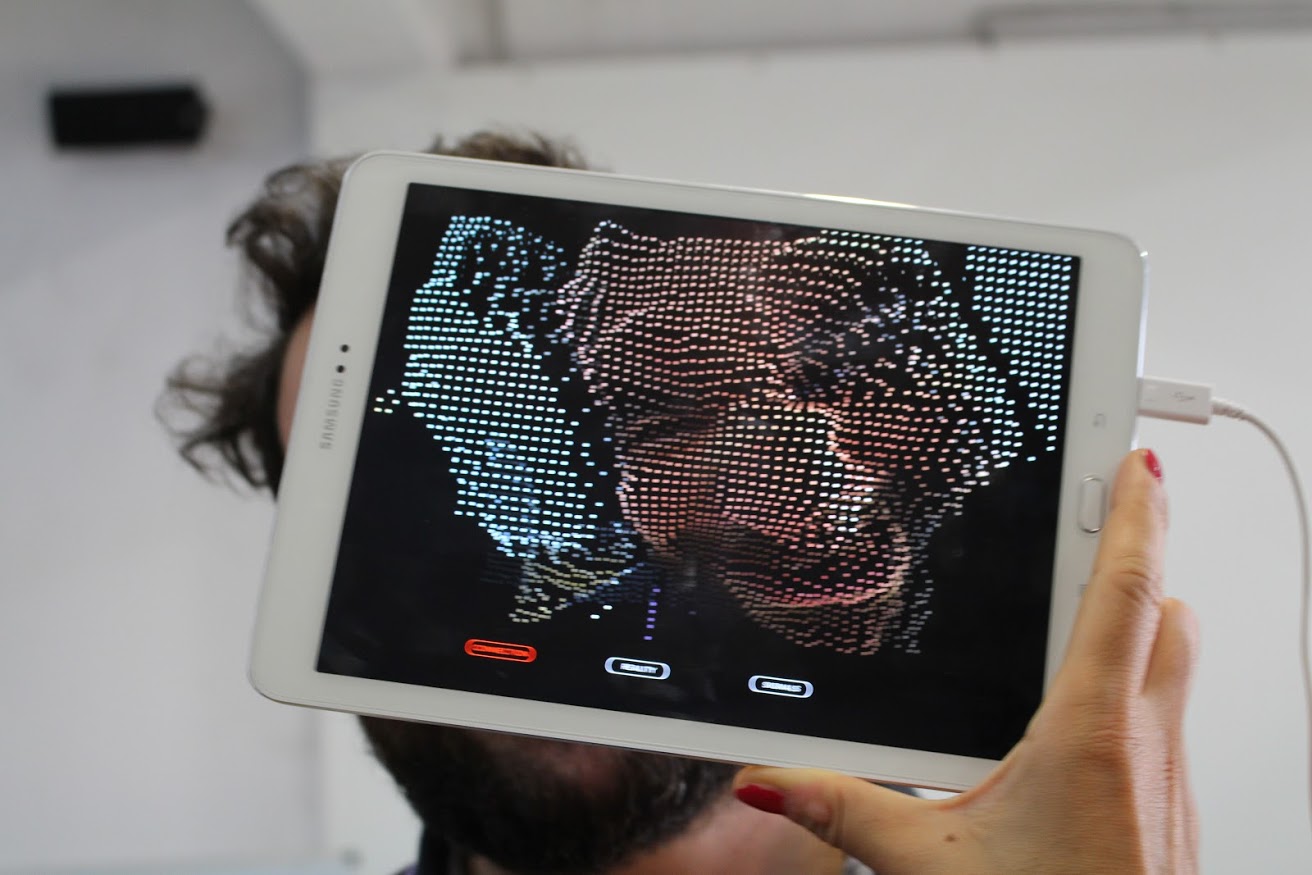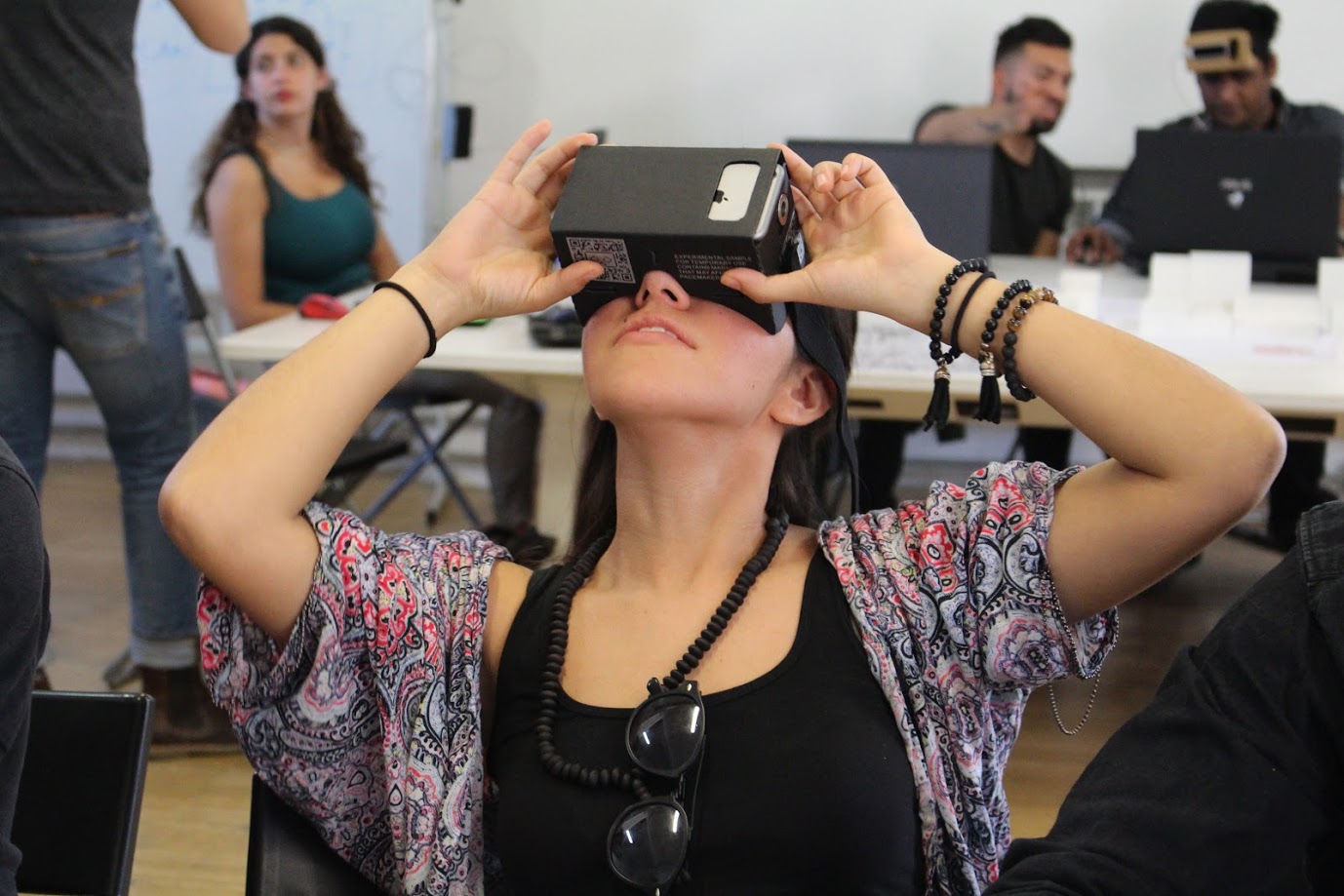New Interfaces Seminar – Final Presentations
Virtual and Augmented Reality concepts are almost half a century old. Ivan Sutherland, regarded by many as the father of CAD, invented a head mounted display in 1968. Steve Mann has been developing head mounted displays long before Google Glass.
So what has changed? Today, what might have cost Sutherland millions of dollars in research funds, can be attained for the price of a mid level smartphone and some cardboard. Not only has the price of computing become more accessible to the masses, the power of computing has caught up with the ambitions of designers.
The New Interfaces Seminar led by Luis Fraguada, with the assistance of Angelos Chronis, introduced the students of the Master in Advanced Architecture to all of the major players in software and hardware development, and highlighted the benefits of choosing a platform to work with.

The visualizations that can be attained in virtual environments and the experiences that can be harnessed through computer vision are richer and more accessible than ever. Architecture and Urbanism are the perfect platform to design with such technology.
The state of the art in these fields are on two frontiers: cost and capability. On the cost end, the development tools include Javascript and Google Cardboard, a low cost head mounted display which runs Virtual Reality and Augmented Reality applications on Android phones.
Google Cardboard also gave way to other head mounted displays, such as Samsung Gear VR, which also use a mobile phone as the display and computer. On the other end of the cost spectrum, we see Oculus Rift, a 600€+ head mounted display which requires a physical connection to a powerful computer. With the greater cost comes greater graphical capabilities.
New Interfaces is one of the elective seminars of the Master in Advanced Architecture, an innovative program focusing on five Research Lines led by internationally renowned experts. Aim of the master is to bring together students and faculty from different disciplines towards the creation of a networked hub dedicated to research and innovation for the habitability of the 21st Century.
Learn more about the master program by clicking here.
